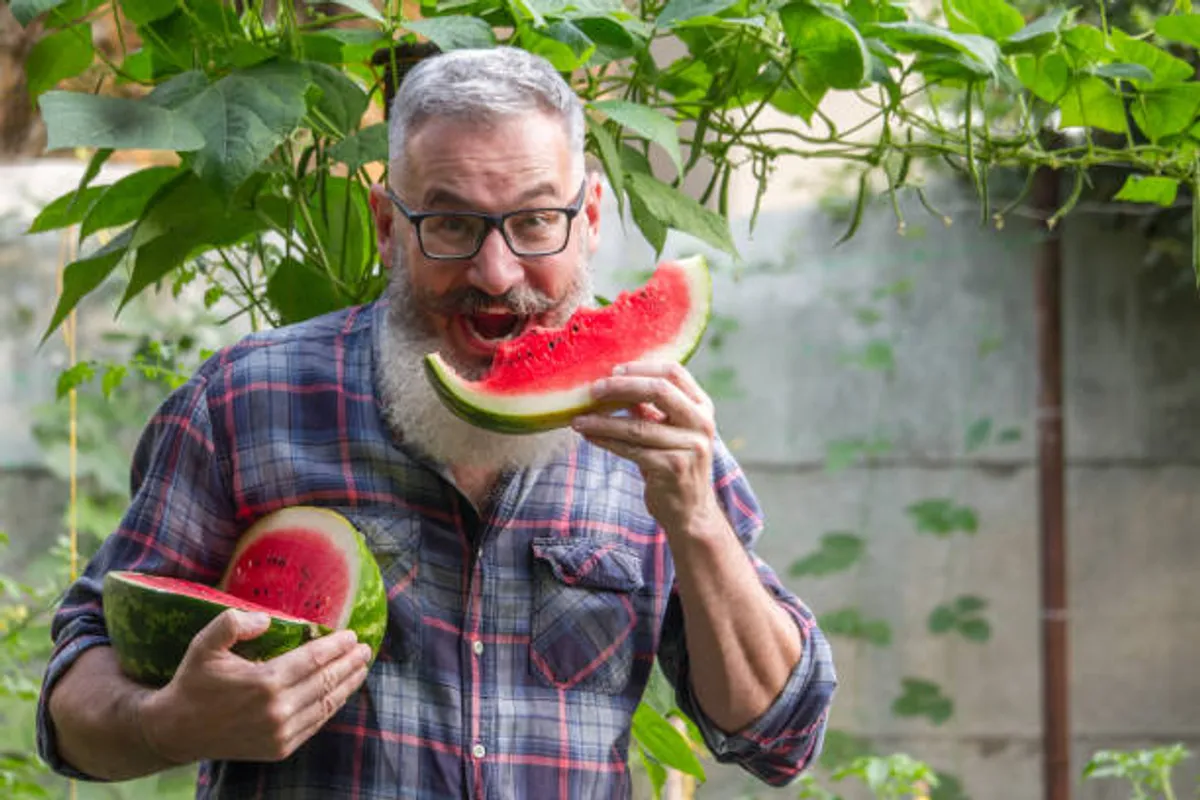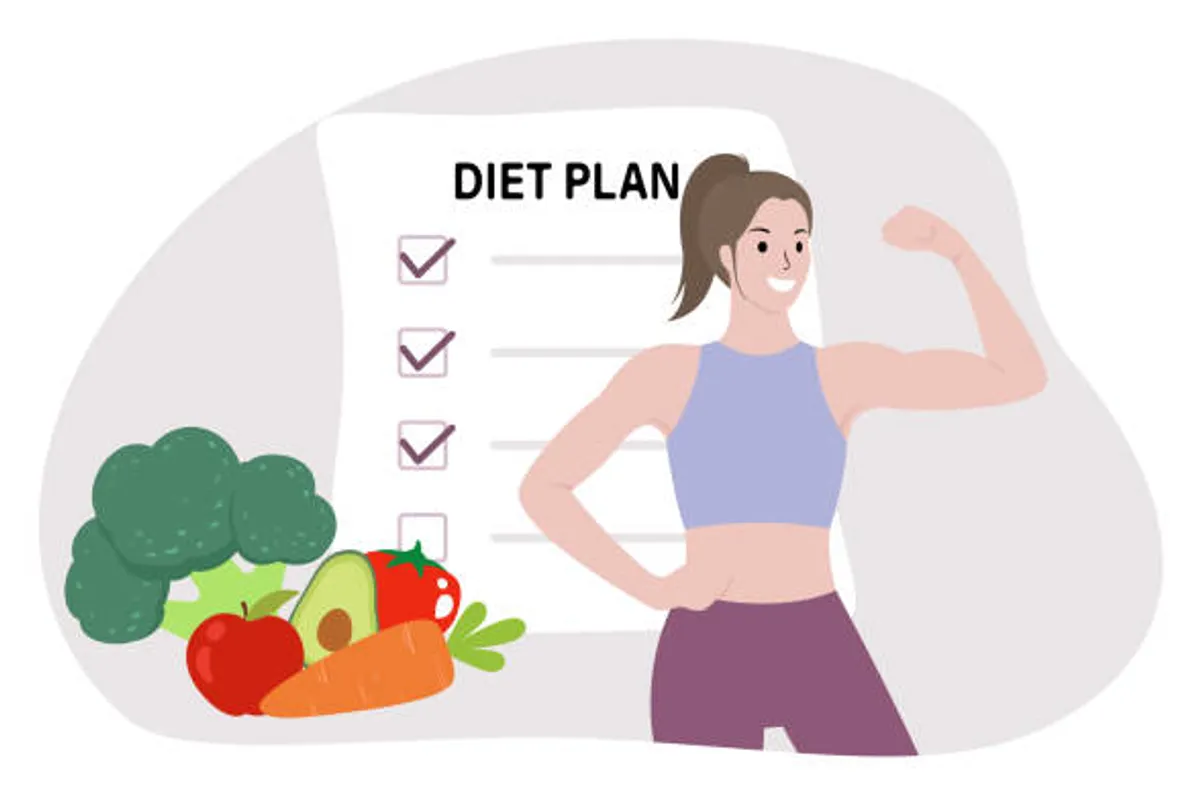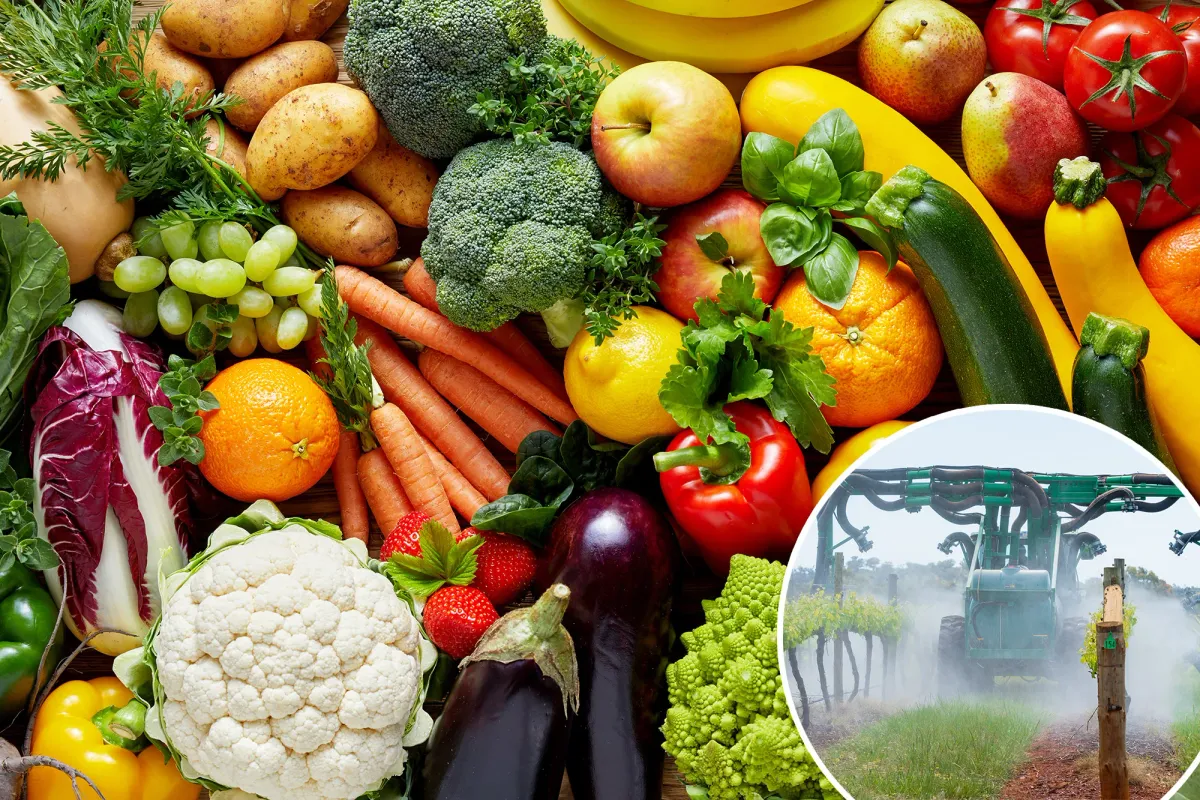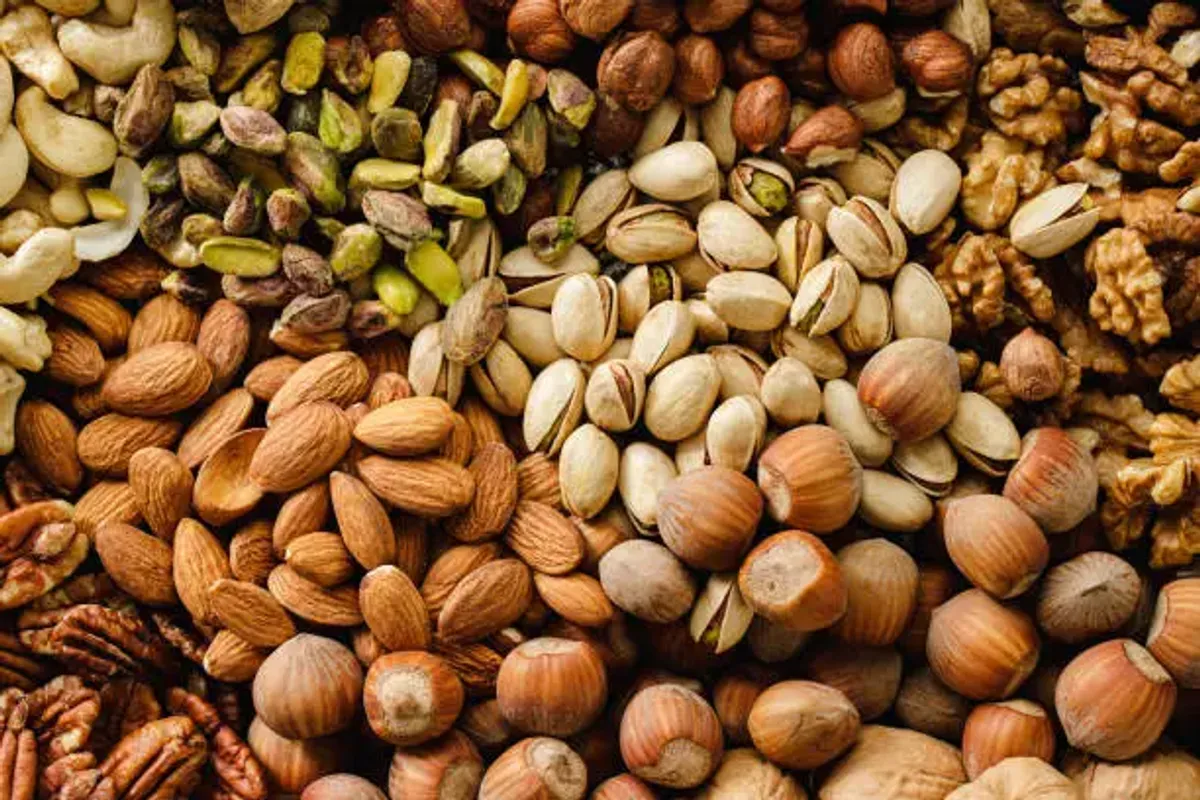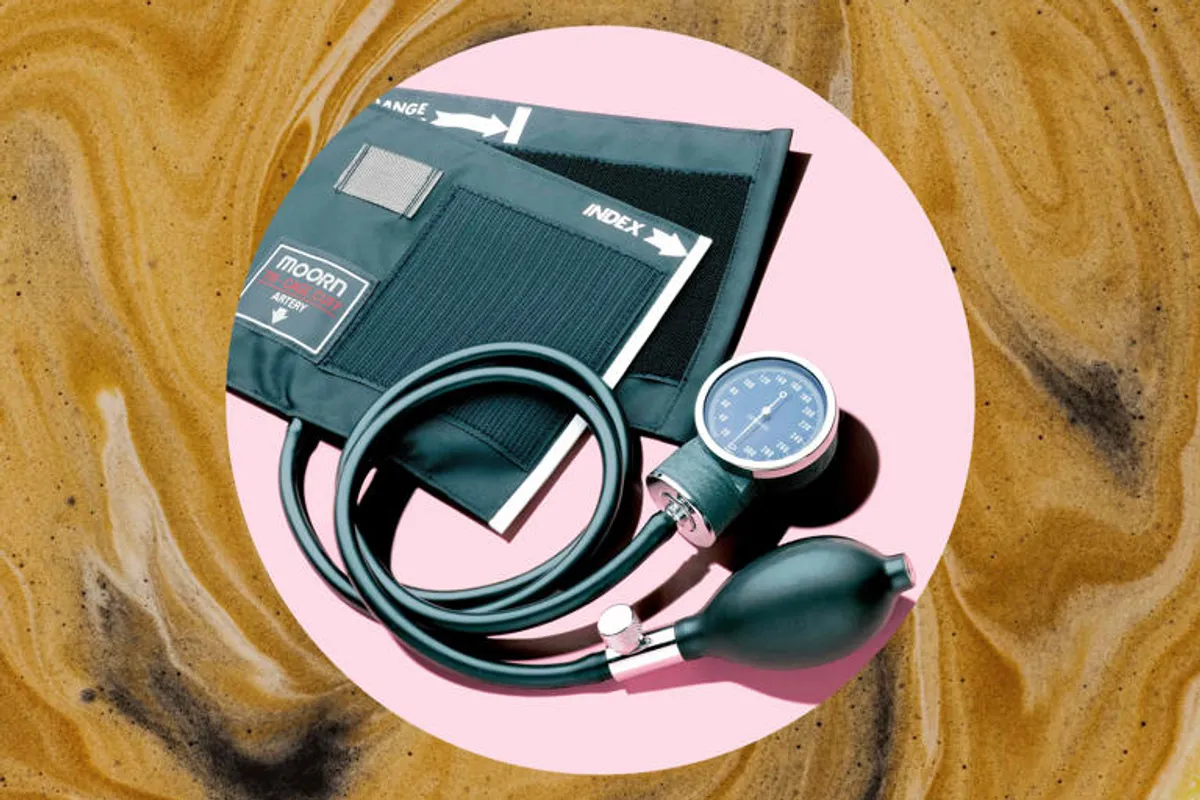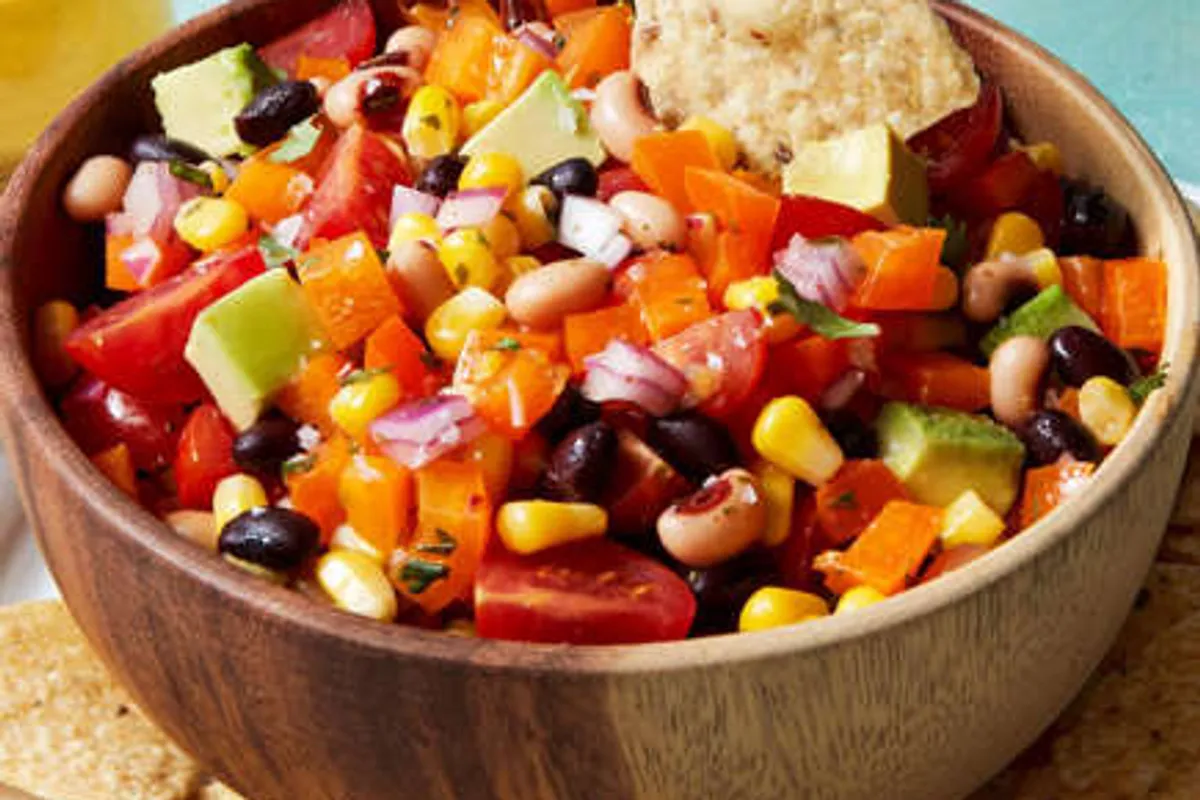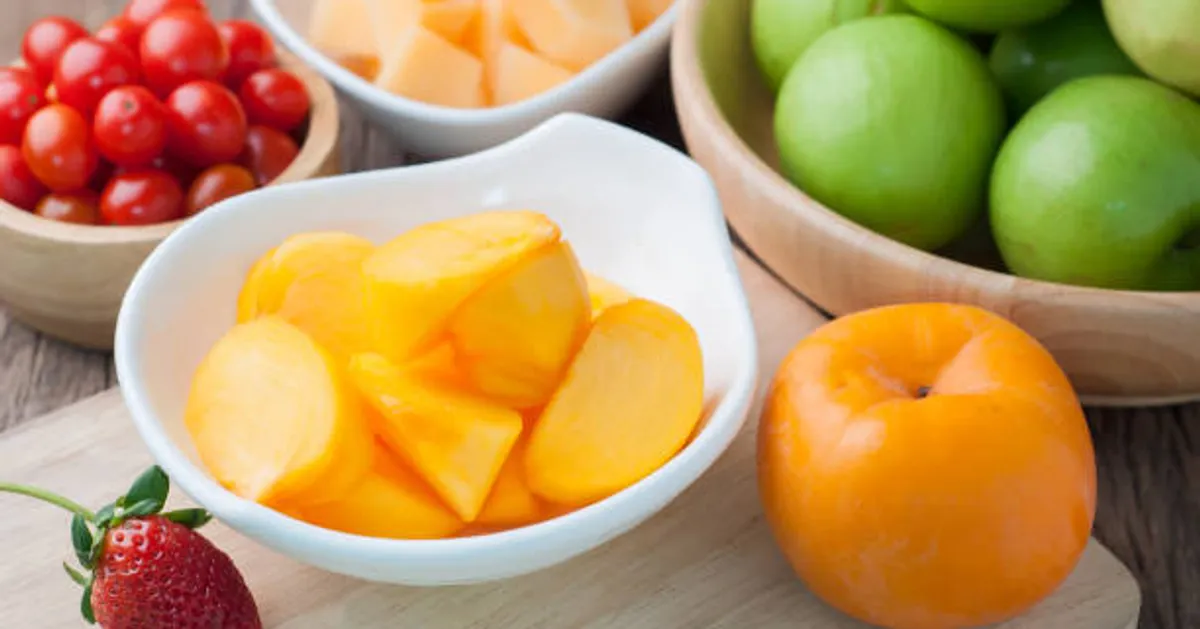
7 Protein-Packed Fruits and the Best Ways to Eat Them

GeokHub
Contributing Writer
While fruits are typically known for their vitamins, fiber, and antioxidants, some offer surprising amounts of protein, making them excellent additions to a balanced diet. A recent article highlighted seven fruits with notable protein content, ideal for boosting nutrition, especially for those seeking plant-based options. Below is a summary of these fruits and practical ways to incorporate them, based on nutritional insights.
1. Guava (4.2g protein per cup)
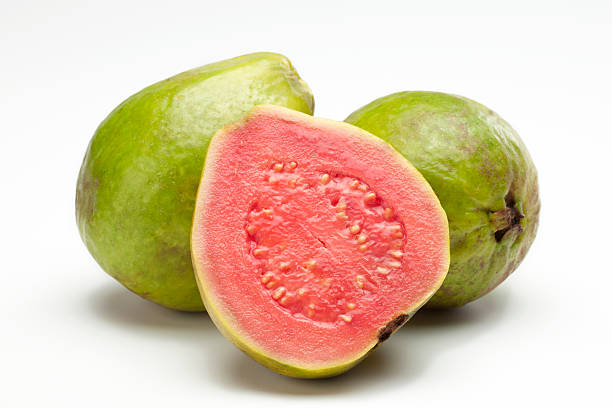
- Why It’s Great: Guava delivers a protein punch alongside vitamin C (377% of daily needs per cup) and fiber. Its amino acids support muscle repair.
- Best Ways to Eat:
- Slice fresh for a snack with a sprinkle of chili powder for flavor.
- Blend into smoothies with Greek yogurt for a protein-packed breakfast (8–10g total).
- Add to salads with spinach and nuts for a nutrient-dense meal.
2. Avocados (3g protein per medium fruit)
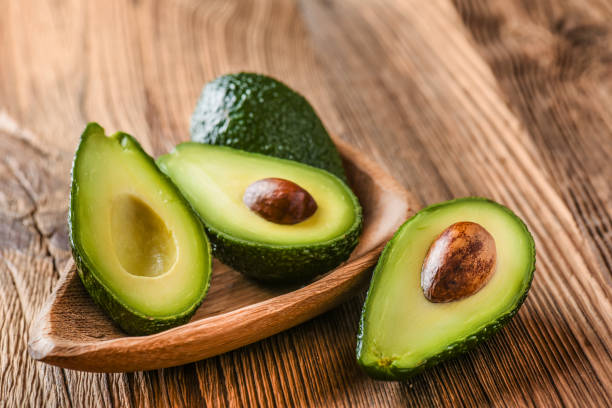
- Why It’s Great: Rich in healthy fats and fiber, avocados provide a modest protein boost, aiding satiety and heart health.
- Best Ways to Eat:
- Mash into guacamole with lime and cilantro for a dip.
- Spread on whole-grain toast with eggs for a 10g protein meal.
- Cube into quinoa bowls with black beans for added protein.
3. Jackfruit (2.8g protein per cup)
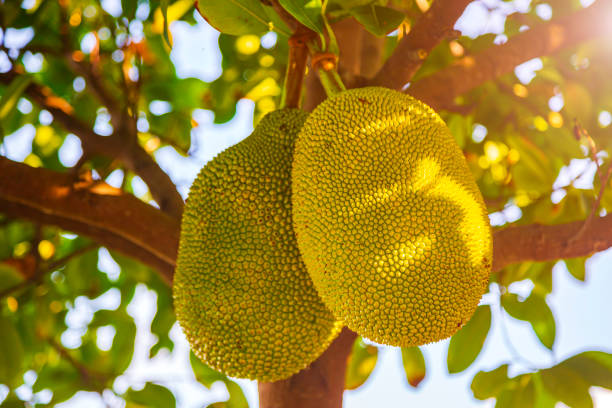
- Why It’s Great: Popular as a vegan meat substitute, jackfruit offers protein and a meaty texture, ideal for muscle maintenance.
- Best Ways to Eat:
- Cook young jackfruit with barbecue sauce for vegan “pulled pork” tacos.
- Add to curries with chickpeas for a 12g protein dish.
- Eat ripe jackfruit fresh as a sweet, protein-rich snack.
4. Blackberries (2g protein per cup)

- Why It’s Great: Low in calories, blackberries provide protein, antioxidants, and vitamin K, supporting brain and bone health.
- Best Ways to Eat:
- Mix into oatmeal with chia seeds for a 7g protein breakfast.
- Blend into smoothies with protein powder for a post-workout boost.
- Top Greek yogurt for a 15g protein dessert.
5. Apricots (2.1g protein per cup, dried)
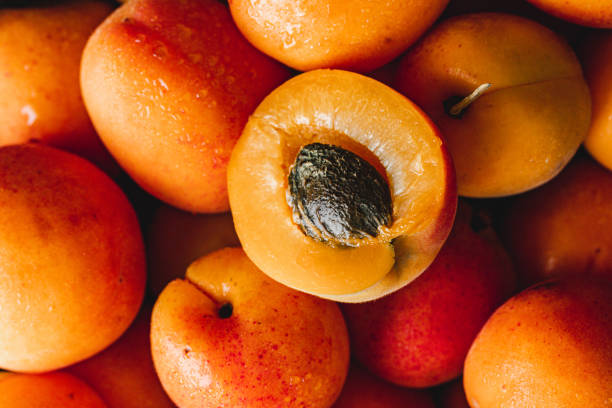
- Why It’s Great: Dried apricots offer concentrated protein and iron, great for energy and muscle function.
- Best Ways to Eat:
- Snack on a handful with almonds for a 5g protein mix.
- Chop into trail mix with seeds for a portable snack.
- Add to couscous salads with feta for a balanced meal.
6. Oranges (1.2g protein per medium fruit)

- Why It’s Great: Known for vitamin C, oranges also provide protein and hydration, supporting immune health.
- Best Ways to Eat:
- Eat fresh as a quick snack.
- Juice with carrots and ginger for a nutrient-rich drink.
- Add segments to salads with grilled chicken for extra protein.
7. Bananas (1.3g protein per medium fruit)
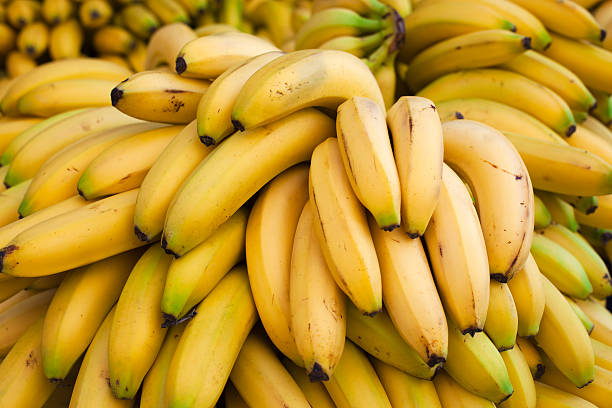
- Why It’s Great: Bananas offer protein, potassium, and quick-digesting carbs, ideal for pre- or post-workout fuel.
- Best Ways to Eat:
- Blend with peanut butter and milk for a 10g protein smoothie.
- Slice onto whole-grain toast with almond butter for a 6g protein snack.
- Freeze and dip in yogurt for a healthy dessert.
Why Protein in Fruits Matters
While fruits provide less protein than animal or legume sources, their amino acids contribute to muscle repair, immunity, and overall health. Combining them with other protein sources (e.g., yogurt, nuts) can boost intake to meet the recommended 0.8–1.2g per kg body weight daily for adults over 50, per a 2023 Journal of Nutrition study. These fruits also deliver fiber and micronutrients, reducing chronic disease risk.
Practical Tips
- Pair Smartly: Combine fruits with high-protein foods (e.g., guava with cottage cheese) to reach 20–30g protein per meal.
- Timing: Eat post-workout to aid muscle recovery or as snacks to curb hunger.
- Moderation: Limit dried fruits like apricots due to high sugar content.
- Variety: Rotate these fruits to maximize nutrient diversity.
Developing Story
Research continues to highlight plant-based protein’s role in healthy aging, especially for those over 50 looking to maintain muscle and vitality. Note: Protein content is based on USDA data; individual needs vary, so consult a dietitian for personalized advice

